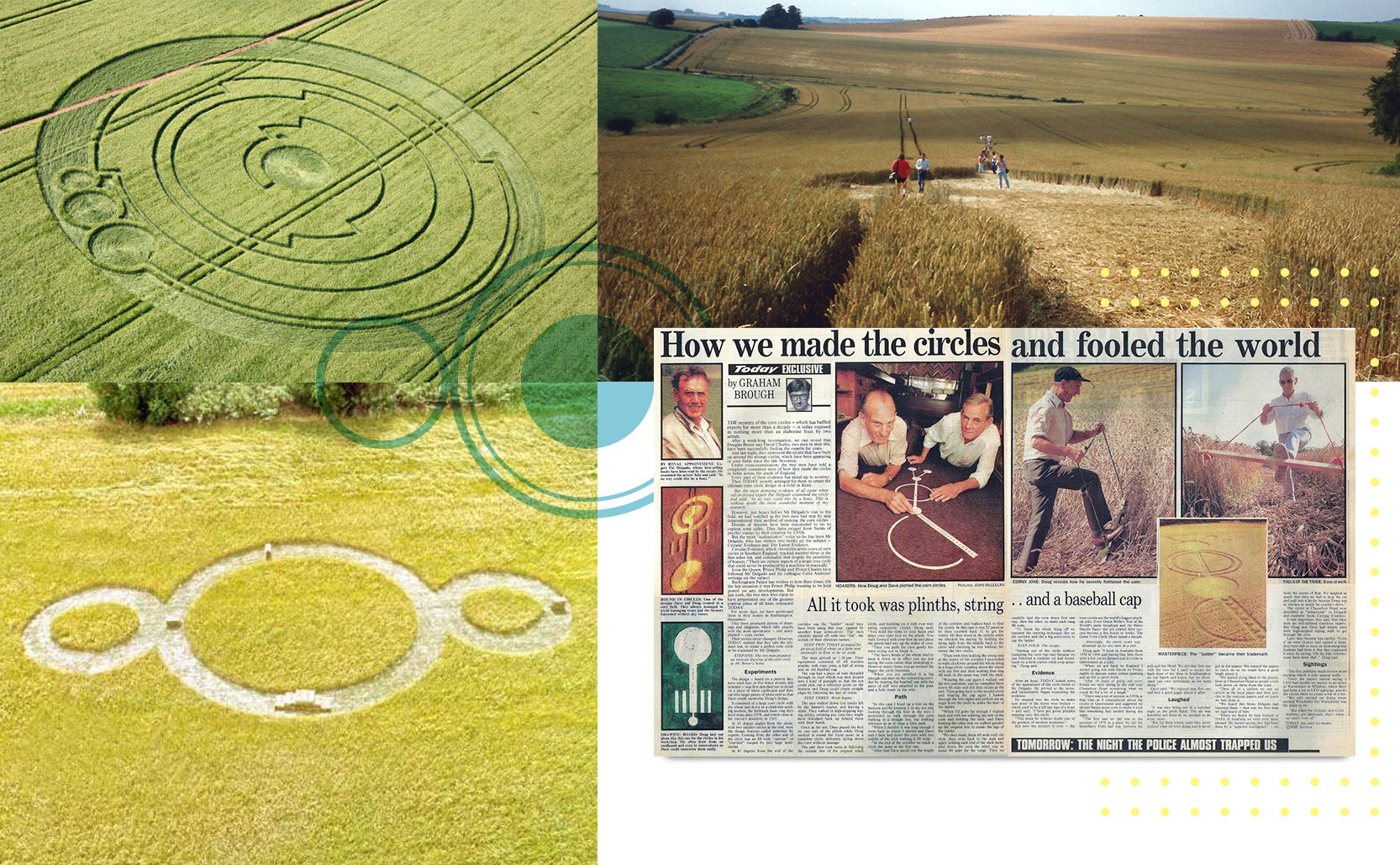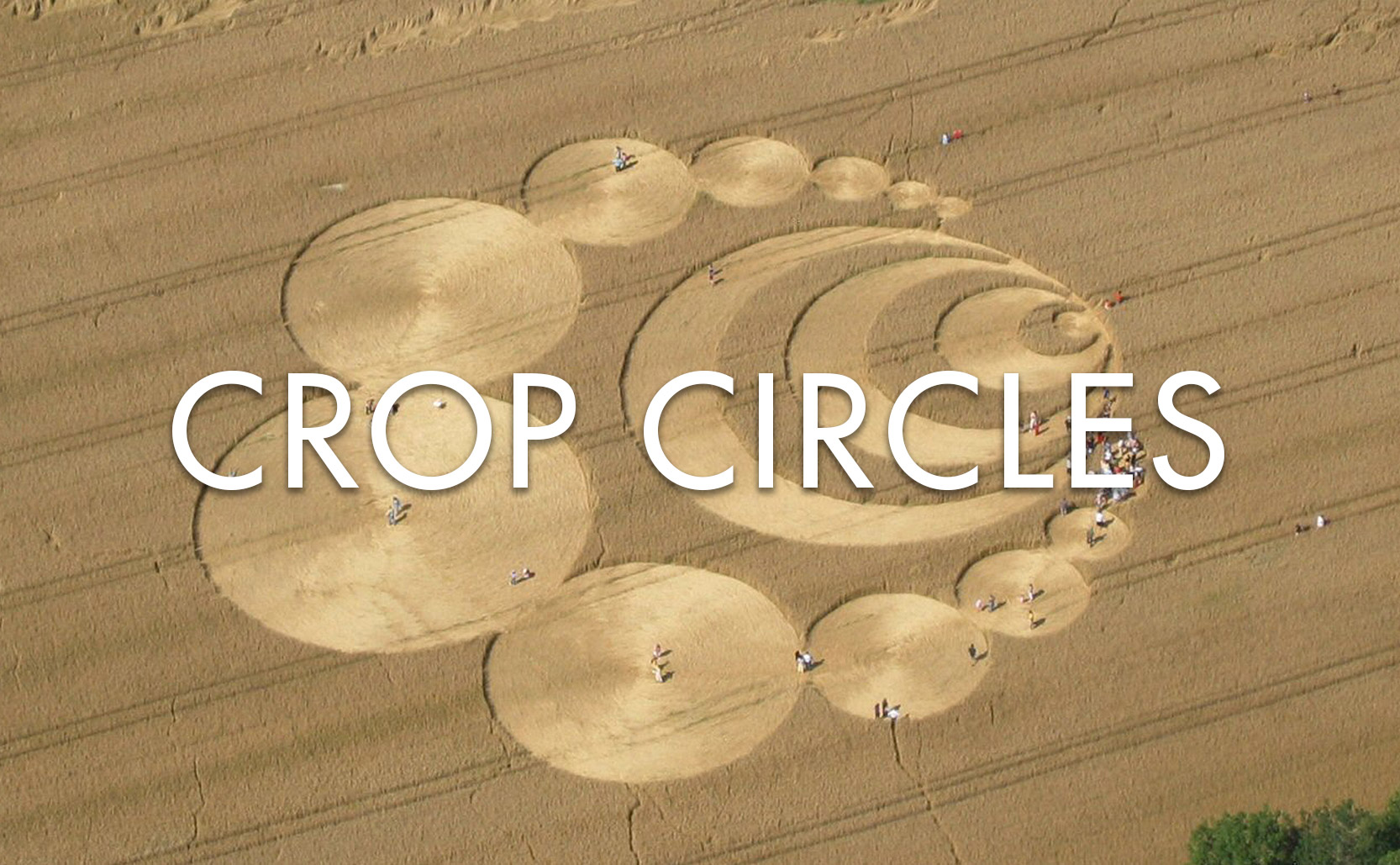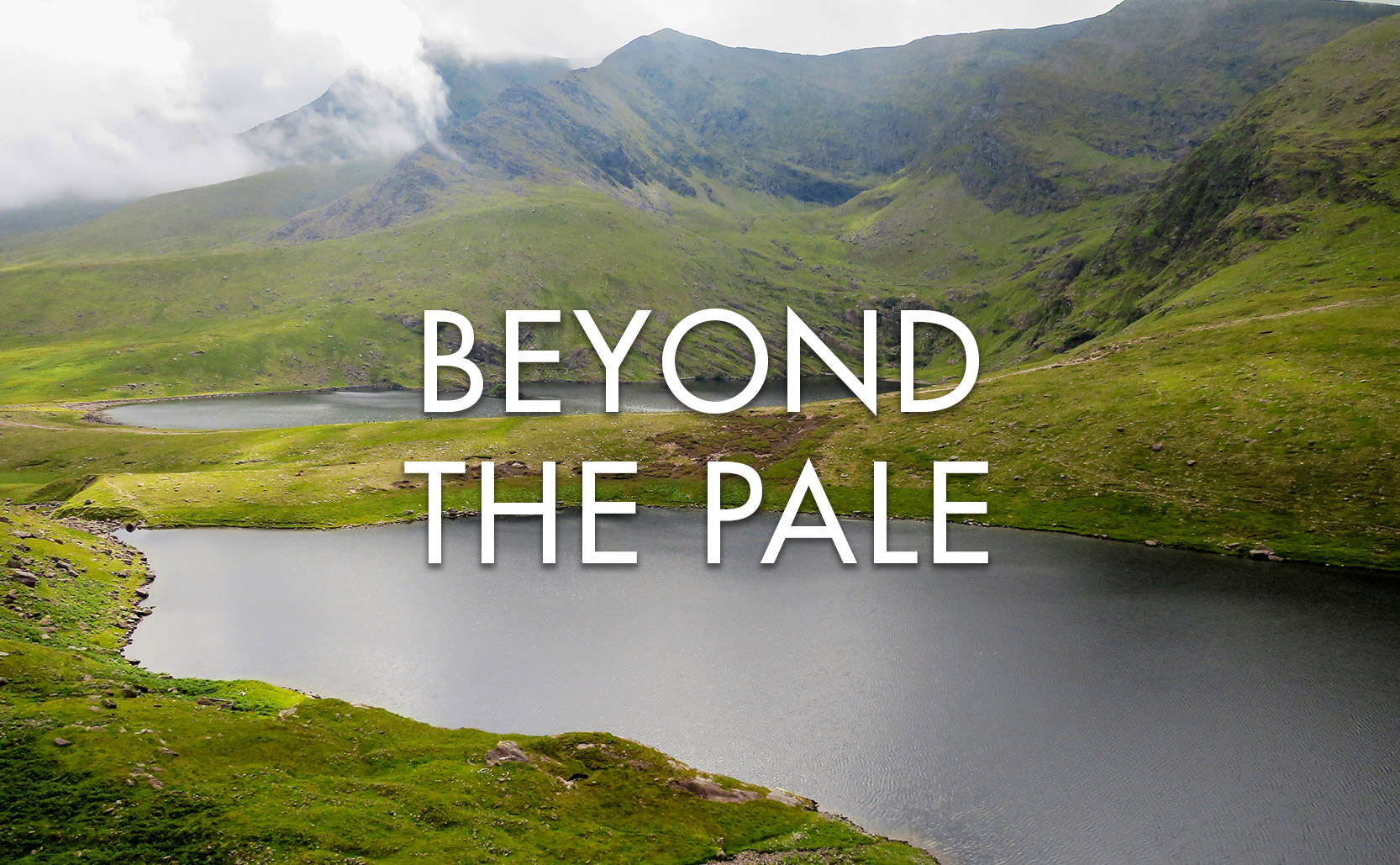Crop Circles
Instead of being made by high tech aliens, they’re made by clever humans with low tech tools.
Crop circles, the geometric designs created in fields by flattening vegetables stalks, entered the cultural sphere in 1970s England. Since then over 10,000 circles have been found around the world (although over 90% of them have been within 50 miles of Stonehenge in southern England). While a host of mystical, magical, paranormal theories have been put forth to explain their creation (aliens/UFOs being the most popular theory), the reality is that they’re all hoaxes.
The credit for the crop circle phenomenon largely goes to Doug Bower and Dave Chorley. In 1978, while sitting in a pub in Cheesefoot Head, England, the two thought it would be a bit of fun to create patterns in a field – as if aliens had landed in the night. Their inspiration was a series of stories of circles that Bower had heard while living Australia in 1966. Regarding their first crop circle Chorley said “We enjoyed that first one and had a good giggle about it after.”
Imitation is the highest form of flattery
Bower & Chorley created more than 200 crop circles between 1978 to 1991. Each man used a board with a rope attached that, while holding the arch of rope in their hands, they then used a foot to push the board down to flatten the crop. By 1985 Bower’s wife was suspicious of what he was up to. He told her the full story and to prove it he had her design her own crop circle which he and Chorley later created.
Inspired by the designs of Bower & Chorley imitators began to pop up. One of the most active groups was the Circlemakers who considered their work to be conceptual art. Rob Irving of the group said the power of the art comes from the mystery. Even as they admit they create crop circles the Circlemakers won’t confirm which ones they have made, so as to retain some of the mystery.

The Thrill Is Gone
On September 9, 1991 the mystery of the crop circles came to an end when Bower & Chorley revealed their secret to the newspaper Today. They explained how they did it, offered evidence, and gave a demonstration. Despite this, as happens with most conspiratorial thinking, true believers rejected this evidence and continued to believe in extraordinary explanations. “Croppies” still believe that unproven and unknown forces have created these designs and that any evidence to the contrary can be outright rejected or (paradoxically) used as evidence as a part of some larger conspiracy.
Still, by the 1990s crop circles were popular tourist attractions in southern England bringing tourist dollars to local businesses and to the farmers themselves. One farmer near Stonehenge said he made about £30,000 charging tourists to visit his fields. Like any cultural phenomenon, the popularity of crop circles diminished. As some groups began to be paid to create crop circles as advertisements for major brands (Nike, Pepsi, the BBC. Greenpeace, etc) there was less motivation to spend hours in the fields for free.
Added info: crop circles are not to be confused with circular crop fields. Center-pivot irrigation creates fields of crops that are circular shaped because the massive sprinkler pipes are rotated from a central point.




